
The house cat is one of the most popular pets. If you are like most cat lovers, you consider your cat a member of your family. The unique bond between cats and humans is awesome and incredible to experience. Despite them being our best friend, there are many things that you may not know about cats.
Such As:
Domestic cats have actually changed little through the domestication process, they are not that different from wildcats.
Cats can tolerate temperatures of up to 133 if they have an ample supply of water.
Indoor cats typically live 14 to 20 years although the oldest-known cat lived to an amazing age of 36.
Cats' temperament can vary depending on the breed. Shorter haired cats tend to be skinnier and more active. Cats with longer hair tend to be heavier and less active.
Cats require Taurine amino acid in their diet. If they lack this amino acid it can cause blindness.
According to National Geographic, cats can't taste sugary foods due to a faulty sweet receptor gene.
Cats meow in order to communicate. It抯 their way of saying hello or just to get your attention.
Purring - a way for the cat to calm itself down. Research has suggested that the frequency of the vibration produced by purring may promote healing of bones and organs in cats, explaining why cats may purr when hurt.
Touching noses is a friendly greeting for cats.
Biting - Cat play always involves mock battles, with surprise attacks, pounces, and leaps. Basically he is trying to play.
A lowered head is a sign of submission.
Hissing - cats can tolerate pleasurable stroking only for short periods of time; biting or hissing is their way of saying "stop it".
Cats always land on their feet; well they usually do - but not always.
Kneading shows happiness.
Cats are known for their love of string play. Most cats can't resist a dangling piece of string, or a piece of rope drawn randomly and enticingly across the floor. If string is ingested, however, it can get caught in the cat抯 stomach or intestines, causing illness, or even death.
Licking -This is an affectionate action, and it's the cat's way of taking care of you. Consider it kitty kisses.
Cats also use their tail to communicate.
Cats twitch the tips of their tails when hunting or angry.
Larger twitching indicates displeasure.
A tail held high is usually a sign of happiness.
A half-raised tail shows less pleasure
A tail held low indicates unhappiness.
A scared or surprised cat will puff up its tail and the hair along its back and turn its body sideways to a threat in order to increase its apparent size.
Having a cat declawed is a major surgery that removes the tip of each digit .
There is a slight chance of death in the surgery, and a declawed cat may have an increased risk of infection and life-long discomfort in its paws. This surgery is not recommended for an adult animal and is considered an act of animal cruelty in some countries.
We can learn a lot about our cats' temperament, as well as their health at any given time by learning and observing their body language. They may or may not vocalize, but in most cases, a cats' body language is unmistakable.
 Can You Prevent An Unspayed Female Dog From Coming Into Season?
Can You Prevent An Unspayed Female Dog From Coming Into Season?
 What Are Pheromones & Why Are They Important To Dogs?
What Are Pheromones & Why Are They Important To Dogs?
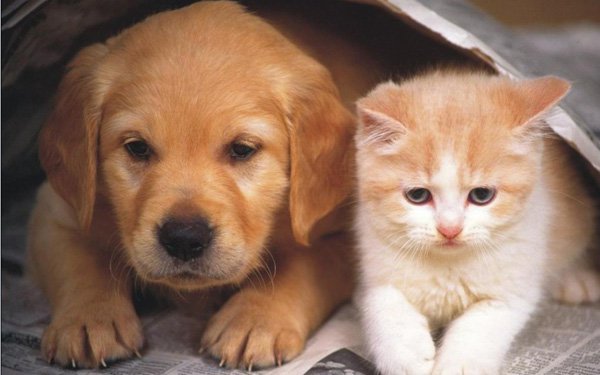 Get Animal Help from Gofundme to Raise Funds to Pay Pet's Medical Bills
Get Animal Help from Gofundme to Raise Funds to Pay Pet's Medical Bills
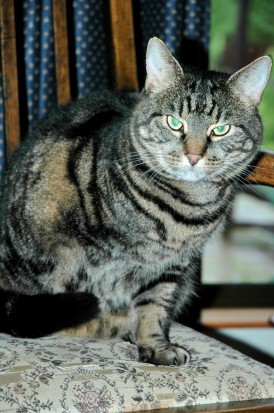 How Do Pets Deal With The Loss Of A Limb?
How Do Pets Deal With The Loss Of A Limb?
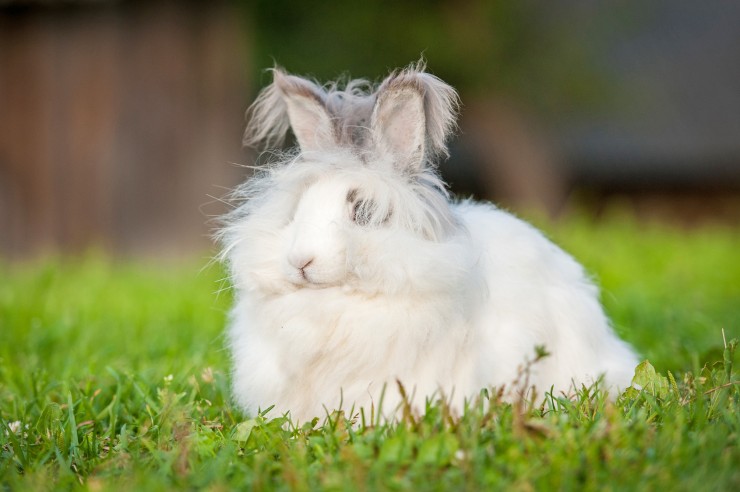 Grooming And Caring For The Coat Of The Angora Rabbit
Grooming And Caring For The Coat Of The Angora Rabbit
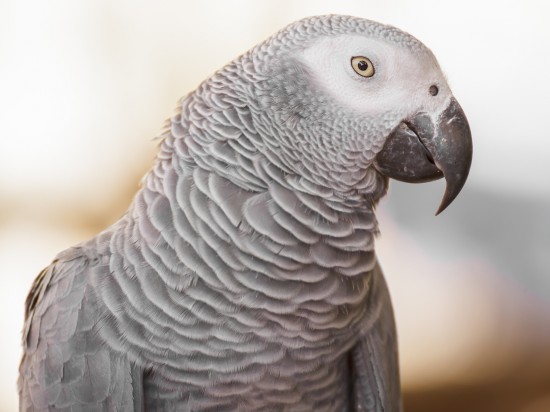 The African Grey Parrot
The African Grey Parrot
 Is Self-insurance A Viable Alternative For Pet Owners?
Is Self-insurance
Is Self-insurance A Viable Alternative For Pet Owners?
Is Self-insurance
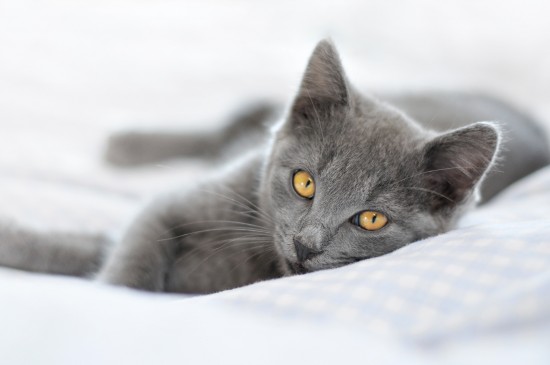 Caring For Your Cat After Theyve Been Neutered
Caring For Your C
Caring For Your Cat After Theyve Been Neutered
Caring For Your C
 Which Dog Leash Is A Better Choice?
Which Dog Leash Is A Better Choice?
When you a
Which Dog Leash Is A Better Choice?
Which Dog Leash Is A Better Choice?
When you a
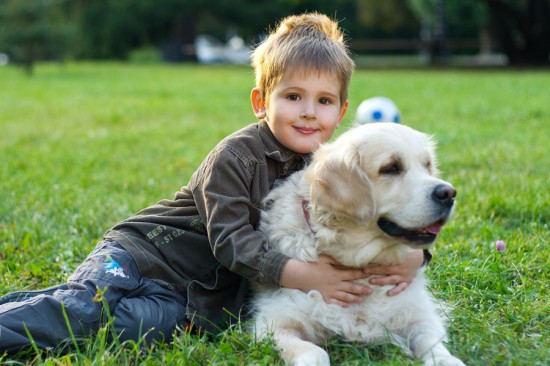 Dogs And Children - Age Appropriate Dog Care For Kids
Dogs And Children
Dogs And Children - Age Appropriate Dog Care For Kids
Dogs And Children
 Reasons Why A Dog Might Bite
Reasons Why A Dog
Reasons Why A Dog Might Bite
Reasons Why A Dog
Copyright © 2005-2016 Pet Information All Rights Reserved
Contact us: www162date@outlook.com